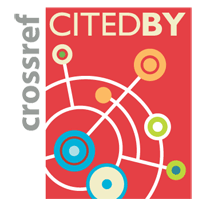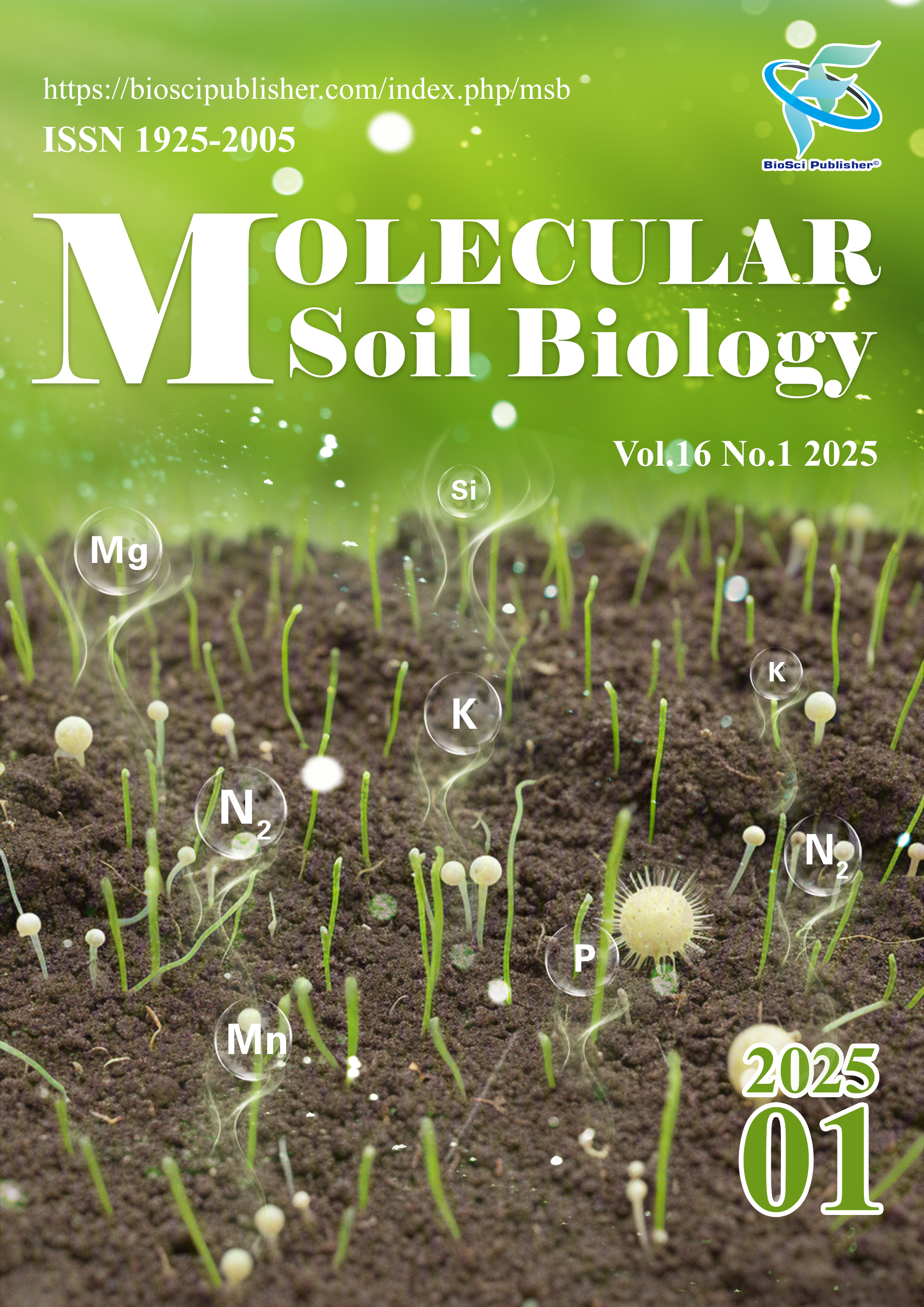Email alerts
Receive periodic updates of the latest contents
published in the journal.
Aims and Scope
Computational Molecular Biology is committed to publishing and disseminating all the latest and outstanding research articles, letters, and reviews in all areas of computational molecular biology, including bioinformatics, as well as their new methods and techniques.
All papers chosen for publications should be creative reviews and opinions or innovative research work in the field of computational molecular biology, including designing biological databases, mathematical modeling and simulation, distributed and parallel biological computer, and other some information about Computational Molecular Biology. The primary criterion for publication is new insights that are not only of broad interest to computational scientists, biologists, and teachers/students/researchers engaged in biology, but are also appropriate for R & D personnel as well as readers interested in computer and biology.
Copyright
The authors permanently reserve the copyright for their publications and have granted the rights to any third party in advance for using, reproducing or disseminating the work under the terms of copyright and license of the BioSci Publisher's constitutions and adopted law and regulations.
Manuscripts Submission
Online submission
Manuscripts must be submitted to Computational Molecular Biology electronically by BioSci Publisher's online submission system. In cases that online submission system is not available, you can submit your manuscript to the submission email of Computational Molecular Biology: edit@cmb.bioscipublisher.com. The editors will handle your submission within five working days.
Preferred file formats of manuscripts are Microsoft Word and Rich Text Format (RTF). Figures, tables, movies, and raw data can be submitted as supplemental files.
A cover letter must be submitted along with the manuscript during the submission, which should contain a brief explanation of what was previously known, the conceptual advance provided by the findings, and the importance of the findings to a broad readership, as well as how and why their major findings relate to the scope of the journal. Closely related papers submitted elsewhere or in press should be noted in the cover letter and uploaded as additional supplemental files in the online submission system. The cover letter is confidential to the editor and will not be seen by reviewers.
Corresponding Author
The full name, the contact information, and email address of the corresponding author should be provided. We take the corresponding author as the responsible author, which means that the corresponding author accepts the following responsibility:
The corresponding authors warrant, on behalf of themselves and their co-authors, that:
**The article is original, has not been formally published in any other peer-reviewed journal and does not infringe any existing copyright;
**All the authors have agreed with the authorship of the manuscript and its submission to Computational Molecular Biology;
**All the authors has read and approved the content of the paper;
**The article contains nothing that is unlawful, libellous;
**All statements contained in it purporting to be facts are true, and any formula or instruction contained in the article will not, if followed accurately, cause any injury, illness or damage to the user;
**Official approval of all the original authors must be provided before any changes in authorship;
**Any reasonable demands for the necessary materials to justify the research results should be satisfied.
Please inform the Editorial Office of Computational Molecular Biology if the contact information of the corresponding author changes after submission.
Article processing
Scientists all over the world are invited to be as peer reviewers for this journal. All submission will be automatically transferred online to the reviewers by Manuscript Proceeding System in the BioSci Publisher prior to CrossRef's plagiarism check. (see BioSci Publisher peer review policy for further information)
Computational Molecular Biology offers a fast publication schedule whilst maintaining rigorous peer review. Normally the publication period is two or four weeks depend on the speed of peer review. Using the recommended manuscript preparation formats will largely speed up the paper procedures and shorten the periods. Research articles will be published electronically in provisional PDF immediately upon acceptance. A fully structured web version and PDF download version will be uploaded within four weeks after acceptance.
Computational Molecular Biology is affiliated with other biology journals published by BioSci Publisher, including Genomics and Applied Biology and other journals. If referees judge that a manuscript is sound but not of special interest and therefore not appropriate for Computational Molecular Biology, the referee reports can be shared with other journals published by BioSci Publisher. Transferring a manuscript from one journal to another will not incur delays. Conversely, if a manuscript submitted to a sister journal in the BioSci Publisher series is judged to be of exceptional interest by the referees and editors. We may offer publication in Computational Molecular Biology.
Article-processing charges
All journals under BioSci Publisher do not require article processing charges (APCs) and offer free publication and free access. However, Open access publications are not without costs. As a publisher, BioSci Publisher needs to pay platform operation fees to publishing platform operators. These fees are used for server rentals, journal publishing systems, publishing databases, access space, software upgrades, and the daily operation and maintenance of the journal publishing system. In order to promote the prosperity and development of open access journals, we encourage research institutions, researchers, and authors publishing in BioSci Publisher journals to make voluntary donations. We appreciate your support for the open access publishing model.







